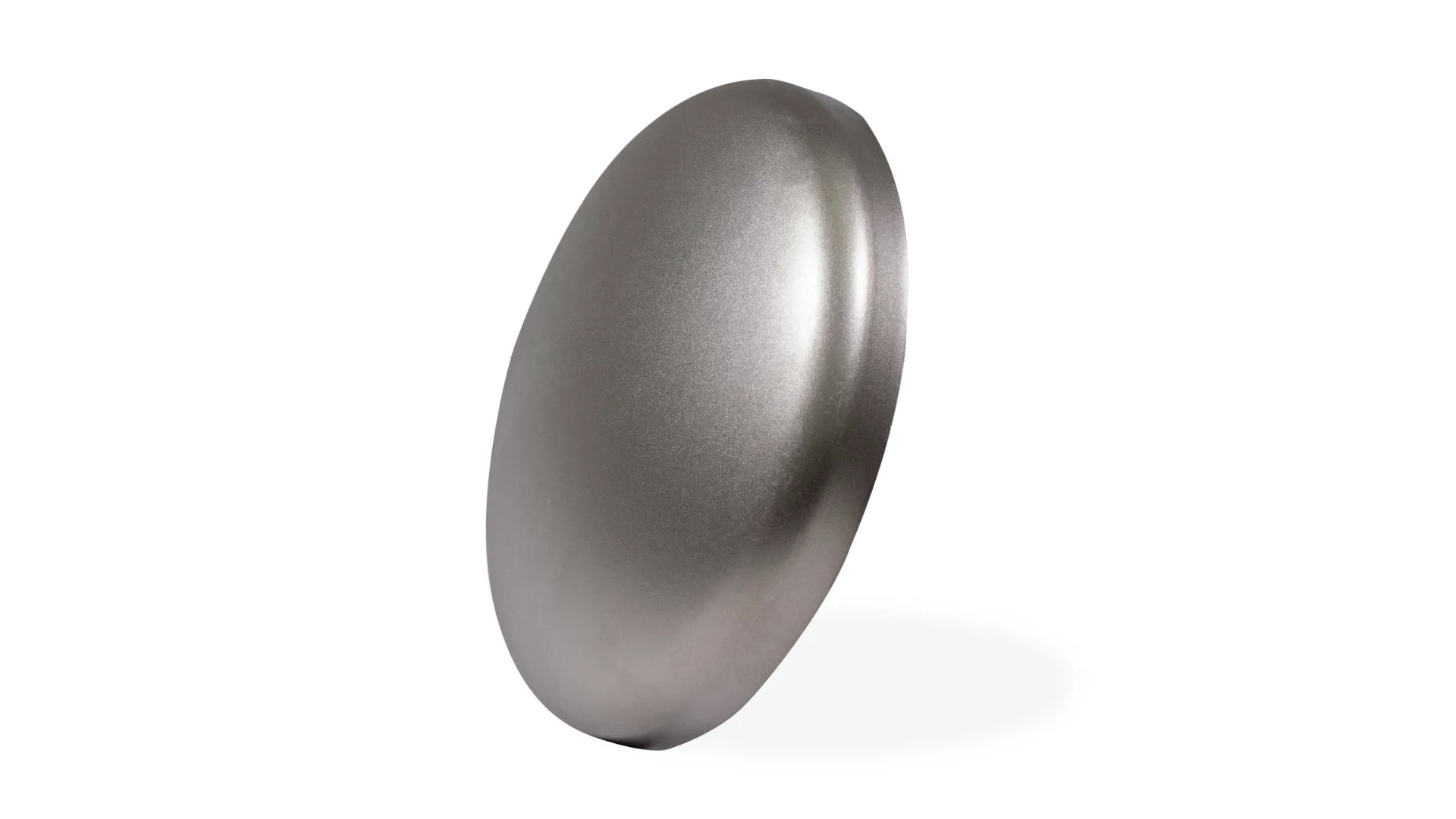-
Cangzhou Yulong Steel Co., Ltd.
-
Phone:
+86 13303177267 -
Email:
admin@ylsteelfittings.com
- English
- Arabic
- Italian
- Spanish
- Portuguese
- German
- kazakh
- Persian
- Greek
- French
- Russian
- Polish
- Thai
- Indonesian
- Vietnamese
- Zulu
- Korean
- Uzbek
- Hindi
- Serbian
- Malay
- Ukrainian
- Gujarati
- Haitian Creole
- hausa
- hawaiian
- Hebrew
- Miao
- Hungarian
- Icelandic
- igbo
- irish
- Japanese
- Javanese
- Kannada
- Khmer
- Rwandese
- Afrikaans
- Albanian
- Amharic
- Armenian
- Azerbaijani
- Basque
- Belarusian
- Bengali
- Bosnian
- Bulgarian
- Catalan
- Cebuano
- China
- China (Taiwan)
- Corsican
- Croatian
- Czech
- Danish
- Esperanto
- Estonian
- Finnish
- Frisian
- Galician
- Georgian
- Kurdish
- Kyrgyz
- Lao
- Latin
- Latvian
- Lithuanian
- Luxembourgish
- Macedonian
- Malgashi
- Malayalam
- Maltese
- Maori
- Marathi
- Mongolian
- Myanmar
- Nepali
- Norwegian
- Norwegian
- Occitan
- Pashto
- Dutch
- Punjabi
- Romanian
- Samoan
- Scottish Gaelic
- Sesotho
- Shona
- Sindhi
- Sinhala
- Slovak
- Slovenian
- Somali
- Sundanese
- Swahili
- Swedish
- Tagalog
- Tajik
- Tamil
- Tatar
- Telugu
- Turkish
- Turkmen
- Urdu
- Uighur
- Welsh
- Bantu
- Yiddish
- Yoruba

Oct . 02, 2024 02:27 Back to list
Welding Applications and Specifications for Steel Pipe in Construction and Manufacturing
Steel Pipe for Welding An Essential Component in Construction
Steel pipes remain one of the most critical materials used in various industries, especially in construction, automotive, and manufacturing. Among the various applications of steel pipes, welding holds a prominent position. The process of welding involves fusing two pieces of metal together, and steel pipes are often used in this process due to their strength, versatility, and durability.
Steel Pipe for Welding An Essential Component in Construction
One key advantage of using steel pipes for welding is their strong mechanical properties. Steel has a high tensile strength, allowing structures built with welded steel pipes to support heavy loads and withstand harsh environmental conditions. This makes welded steel pipes ideal for structural applications, including buildings, bridges, and pipelines.
steel pipe for welding

The welding process itself can vary depending on the type of steel and the application. Techniques such as Shielded Metal Arc Welding (SMAW), Gas Metal Arc Welding (GMAW), and Gas Tungsten Arc Welding (GTAW) are commonly employed to join steel pipes. Each method has its advantages and is selected based on factors like the type of joint required, the position of the weld, and the environmental conditions during the welding process.
However, welding steel pipes also comes with its challenges. One of the primary concerns is avoiding defects in the weld metal, which can lead to failures in the structural integrity of the installation. Proper preparation, including cleaning the surfaces to be welded and ensuring that the edges are aligned correctly, is crucial. Furthermore, pre-heating the steel may be necessary to prevent cracking, especially in thicker pipes.
Another critical consideration in using steel pipes for welding is the need for post-weld treatment. After welding, pipes often require post-weld heat treatment (PWHT) to relieve residual stresses and improve the mechanical properties of the weld. This is particularly important in high-stress applications where fatigue and stress corrosion cracking can compromise the longevity of the structure.
In conclusion, steel pipes for welding are indispensable in numerous sectors, providing strength and reliability for various applications. With a range of grades and welding techniques available, these pipes can be tailored to meet specific project needs. By understanding the properties and challenges associated with welding steel pipes, engineers and contractors can ensure the success of their projects, leading to safer and more durable structures. As industries continue to evolve, the demand for high-quality steel pipes will remain a cornerstone of modern engineering and construction practices.
Latest news
-
ANSI 150P SS304 SO FLANGE
NewsFeb.14,2025
-
ASTM A333GR6 STEEL PIPE
NewsJan.20,2025
-
ANSI B16.5 WELDING NECK FLANGE
NewsJan.15,2026
-
ANSI B16.5 SLIP-ON FLANGE
NewsApr.19,2024
-
SABS 1123 FLANGE
NewsJan.15,2025
-
DIN86044 PLATE FLANGE
NewsApr.19,2024
-
DIN2527 BLIND FLANGE
NewsApr.12,2024
-
JIS B2311 Butt-Welding Fittings LR/SR 45°/90° /180°Seamless/Weld
NewsApr.23,2024











